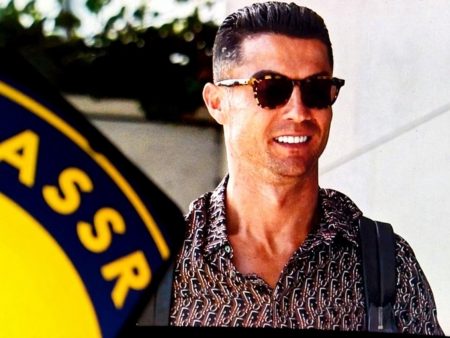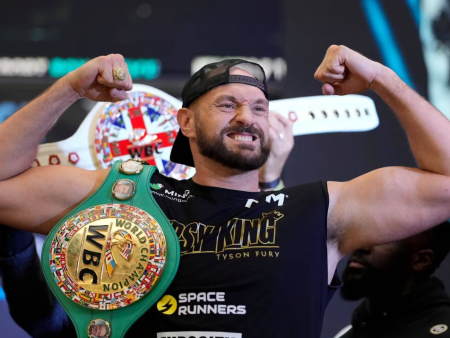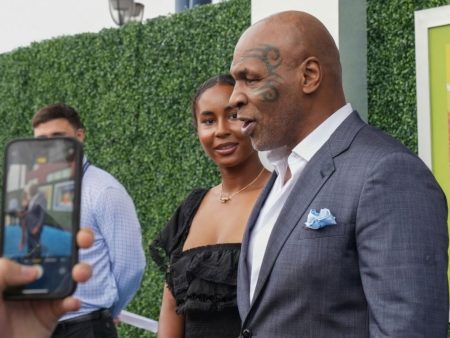The F1 Las Vegas Grand Prix: Speed, Spectacle, and High-Stakes Controversy
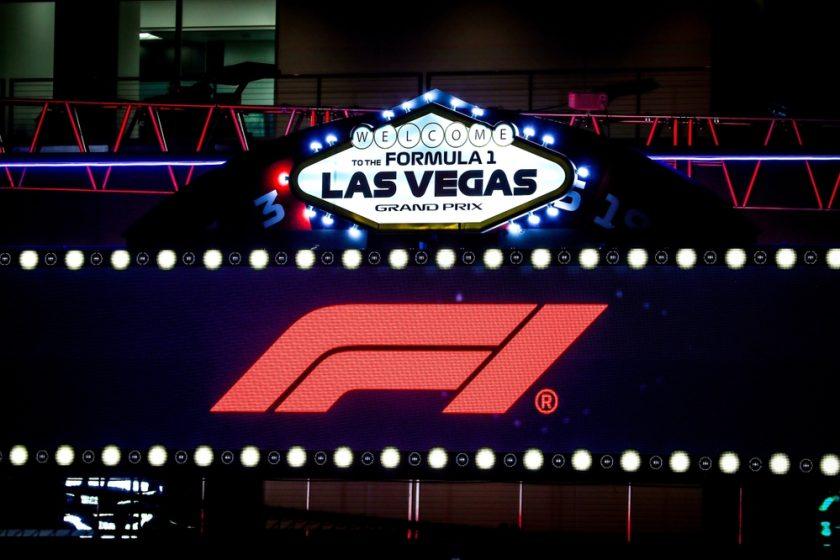
The Return of F1 to Las Vegas: An Eventful Comeback
Formula 1 made its high-profile return to Las Vegas in 2023, marking the beginning of a decade-long partnership between the global racing series and the world-famous city. However, what should have been a triumphant comeback soon became mired in logistical chaos, legal battles, and divided local opinion. The rush to transform Las Vegas Boulevard into a street circuit sparked months of disruption—locally dubbed “Stripageddon”—and left many residents frustrated as the city prepared for the 2024 edition.
A Glance Back: F1’s Checkered History in Las Vegas
Las Vegas has flirted with Formula 1 before. In the early 1980s, Caesar’s Palace hosted F1 races on a temporary circuit behind the casino. Despite hopes of attracting wealthy tourists, both the 1981 and 1982 events struggled to draw crowds or gambling interest, leading to their eventual cancellation. Fast-forward to 2023, optimism ran high for the Heineken Silver Las Vegas Grand Prix, set to be the penultimate race in the World Championship. The prospect of F1 cars reaching speeds exceeding 200 mph down the Strip ignited global anticipation.
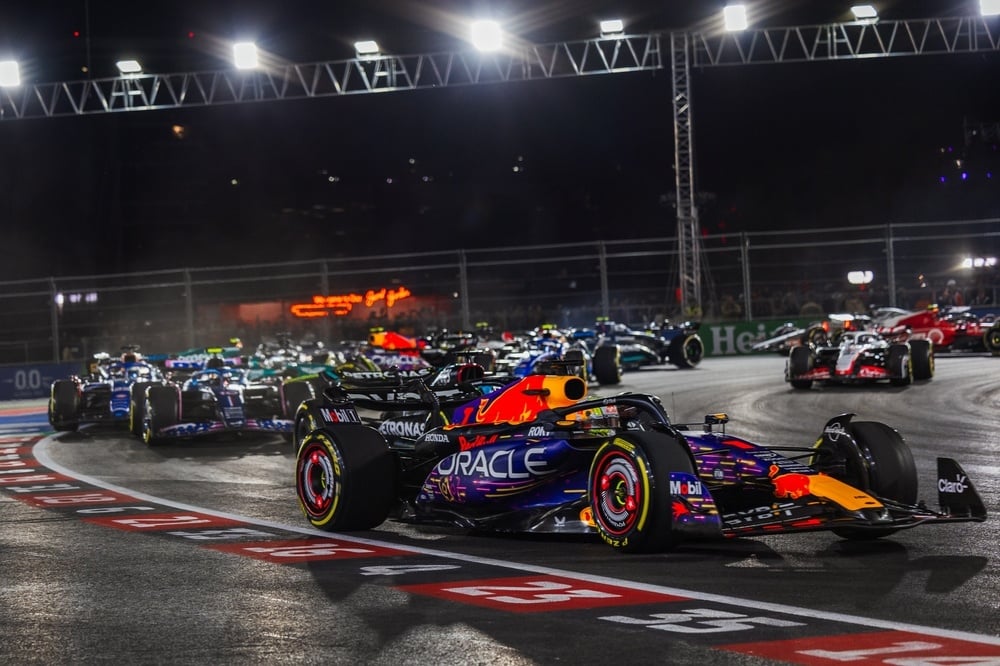
Image credit: Cristiano Barni/Shutterstock
Designing a Daring Night Race in the Desert
Las Vegas’s F1 race promised an unrivaled nighttime spectacle as cars weaved past neon-drenched casinos. To accommodate the event, Formula 1 and its partner, Liberty Media, purchased real estate near the Strip for a staggering $240 million, eventually spending over $500 million to develop the Las Vegas Grand Prix Plaza. German circuit designer Carsten Tilke oversaw the route, threading 17 turns and encircling landmarks like the Sphere entertainment complex. The flat-out main stretch on Las Vegas Boulevard saw Charles Leclerc clock a speed of 350.5 kph (about 218 mph), while Oscar Piastri set a scorching one-lap record at 1:35.4. With a total circuit length of 6.2 kilometers (3.8 miles) and 50 laps per race, drivers faced an intense Saturday night behind the wheel.
A Festive Affair: Glitz, Celebrities, and Eye-Watering Price Tags
Unsurprisingly, the Grand Prix drew a cascade of high-profile sponsors—including Heineken, American Express, Neiman Marcus, T-Mobile, Puma, and Sports Illustrated—all competing to capture the lavish spirit of the city. Hospitality offerings ballooned, with nearly 300,000 square feet of guest space created for exclusive parties and corporate events. The opening night’s entertainment featured stars such as John Legend, Tiesto, Keith Urban, Journey, and performances by Cirque du Soleil, along with aerial displays, fireworks, and a dazzling light show.
Luxury experiences abounded, from multi-thousand-dollar celebrity dinners to private concerts—like the $1,000-and-up Kylie Minogue show at The Venetian’s Amber Lounge. High above the Strip, invite-only afterparties capped the festivities. Sotheby’s even auctioned unique cars at Wynn’s Awakening theater, with Lewis Hamilton’s 2013 Mercedes AMG Petronas F1 car fetching nearly $19 million.
Nighttime Nerves: An Opening Marred by Mishaps
Because the race took place at night, all practice sessions were scheduled after dark, but the event was thrown into turmoil from the outset. Just minutes into the first session on Thursday evening, Carlos Sainz’s Ferrari struck a loose manhole cover, causing massive damage to his car. Esteban Ocon’s vehicle also suffered, requiring a completely new chassis before practice could resume. Race officials responded by suspending the session and scrambling to secure over 30 manhole covers across the track using sand and cement.
Fans Left in the Cold: Delays and Legal Fallout
For attendees who had paid steep prices for the experience, the disruptions were infuriating. The second practice, already pushed from midnight to 12:30 a.m., finally began around 2:30 a.m., long after fans were cleared from the venue in the name of safety. This left spectators angry, with many pursuing legal action over the losses. Making matters worse, Carlos Sainz—after repairing his battered Ferrari—received a 10-place grid penalty for changing damaged parts, knocking him from a second-place qualifying start to sixth in the final results. Max Verstappen ultimately claimed victory, with Charles Leclerc and Sergio Perez rounding out the podium, but the event left a bitter aftertaste for many.
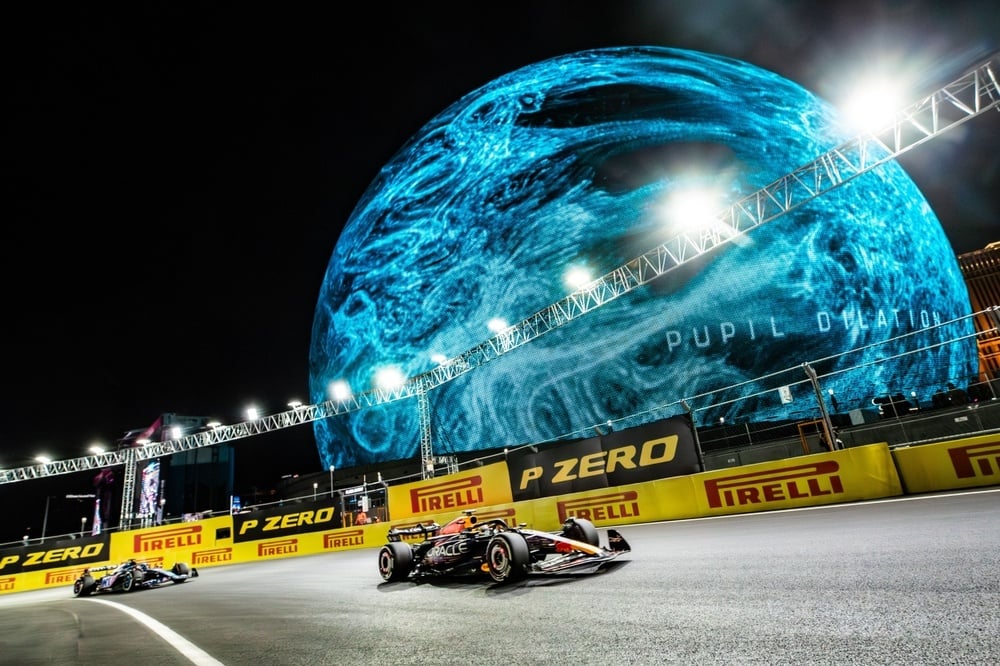
Image credit: Cristiano Barni/Shutterstock
Economic Turmoil: Winners, Losers, and Mounting Lawsuits
National and international media described the Las Vegas Grand Prix as everything from “an embarrassment” to a “debacle in the desert.” Alongside fan lawsuits, local businesses and casinos claimed to have lost millions in revenue due to extensive construction, ongoing traffic snarl-ups, and the rerouting of both vehicles and pedestrians for nine months. Many workers saw reduced hours and wages, while commute times tripled for some.
Yet, event organizers and Clark County officials have highlighted economic benefits: the inaugural weekend generated an estimated $1.5 billion of regional impact, including $884 million in direct attendee spending—approximately 3.5 times more than the typical Las Vegas visitor. The lead-up also created or sustained roughly 2,200 jobs. However, fresh lawsuits against the county and Liberty Media continue, alleging lost earnings and challenging the privatization of 3.8 miles of busy city roads for weeks at a time.
Public Scrutiny Intensifies: Taxpayer Money and Political Fallout
In the summer of 2024, controversy deepened when it emerged that the Las Vegas Convention and Visitors Authority had distributed over $4 million worth of Grand Prix tickets—some valued at $15,000 apiece—to a mix of staff, clients, celebrities, and politicians. The revelations prompted investigations by the Nevada Ethics Commission and stoked further public anger about the transparency and priorities of city officials involved with the race.
Looking Ahead: Will Las Vegas Keep Its F1 Shine?
Despite the string of controversies, ethical probes, and mixed feelings among local residents, Formula 1 remains committed to its Las Vegas presence until at least 2026, and possibly through 2033—backed by a $500 million real estate investment. However, organizers have already responded to lackluster early demand by dropping prices on Heineken GA+ ticket packages by more than 80%, and several Strip hotels have reportedly cut room rates in half for future races.
Amidst confusion over the long-term contract status between F1 and county commissioners, it’s clear that untangling this complex relationship would prove costly for all parties, making a complete reversal unlikely.
F1 Las Vegas 2024: Dates and What to Expect
For fans eager to know when F1 will return, Las Vegas is again set to host the Grand Prix from November 21 to 23, 2024—just ahead of Thanksgiving weekend. Organizers have promised reduced ticket prices to attract a broader crowd and less disruption for locals. Looking ahead, the city plans to blend its trademark luxury and high-energy hospitality with the global thrill of Formula 1, aiming to deliver a seamless spectacle that lives up to the Strip’s luminous reputation—without repeating the missteps of its first outing.
Title Image credit: Cristiano Barni/Shutterstock

